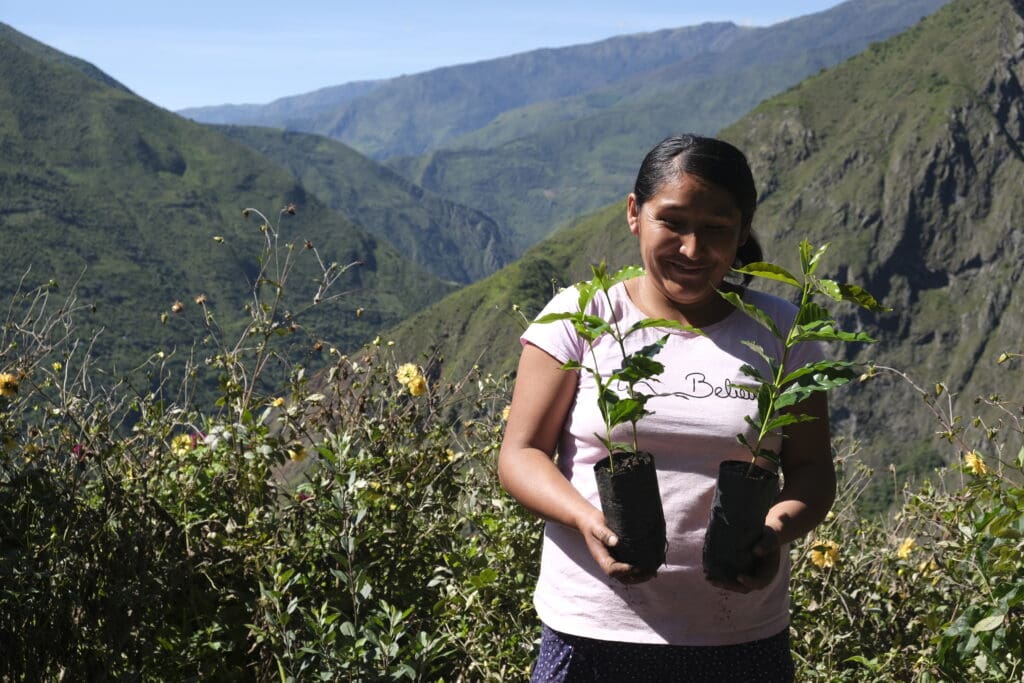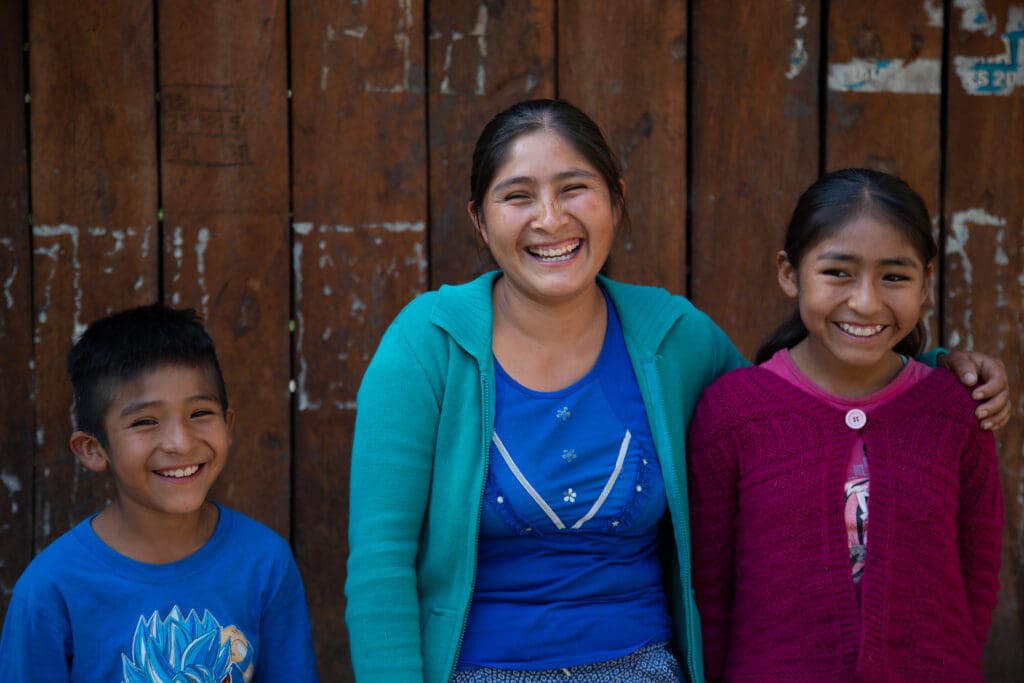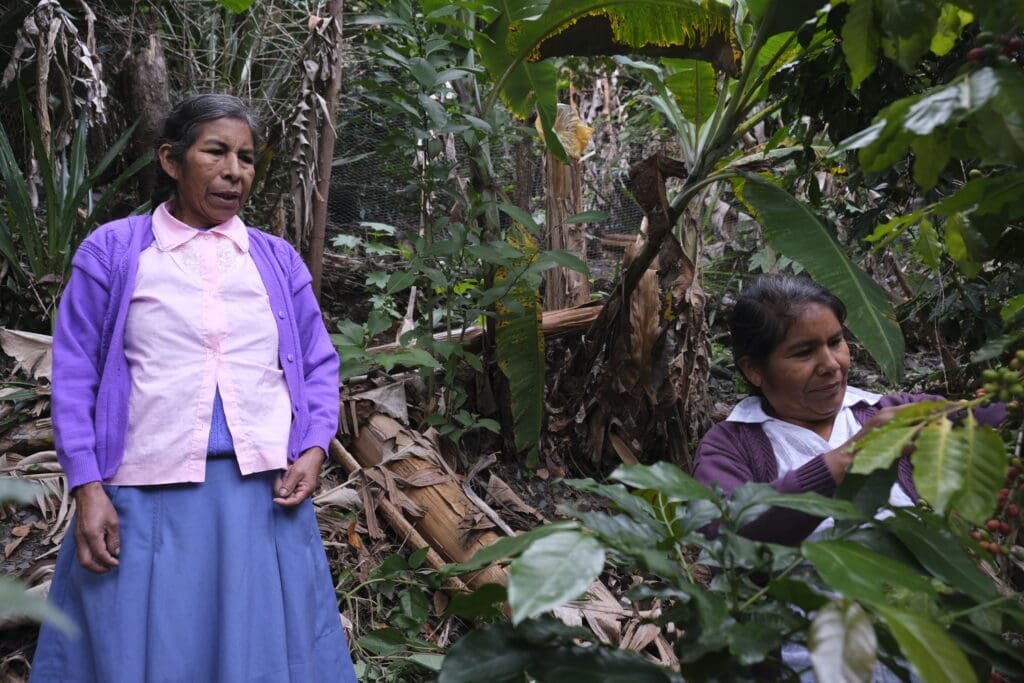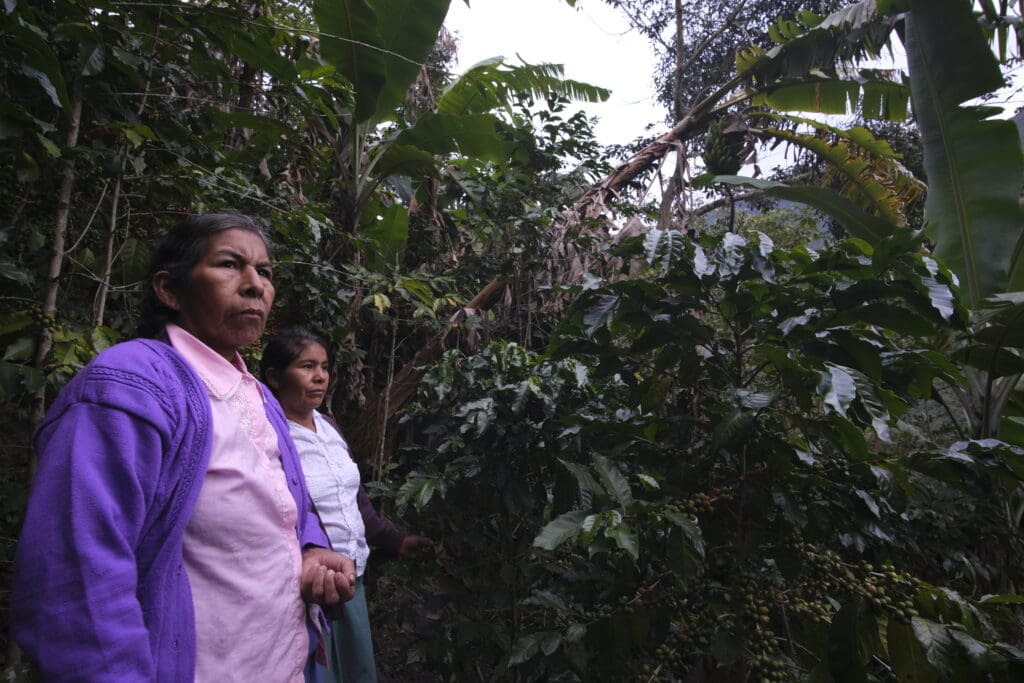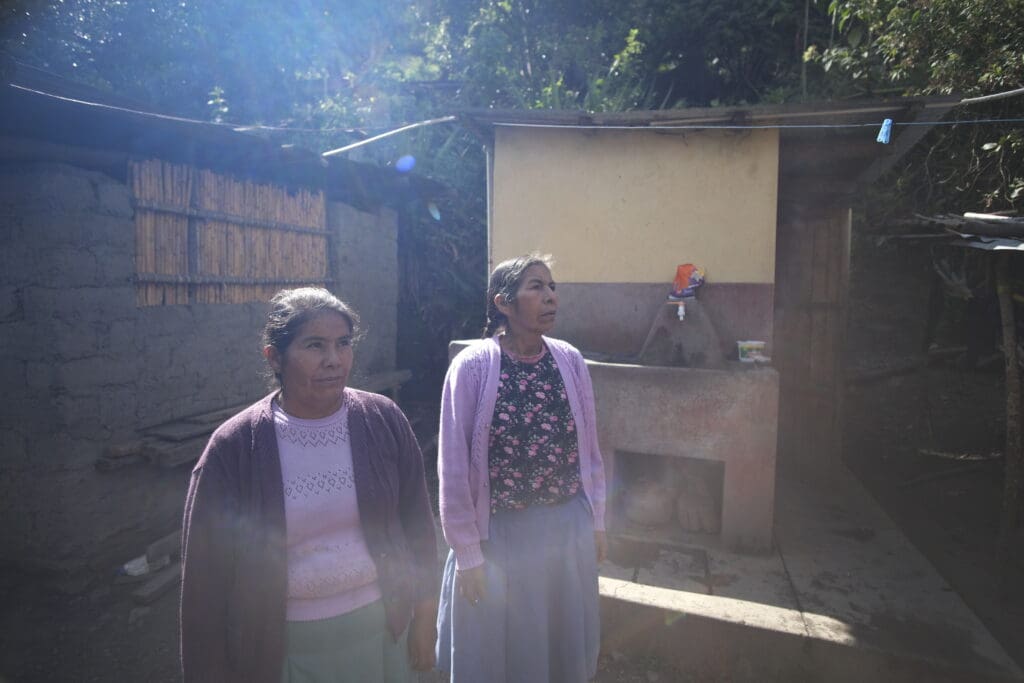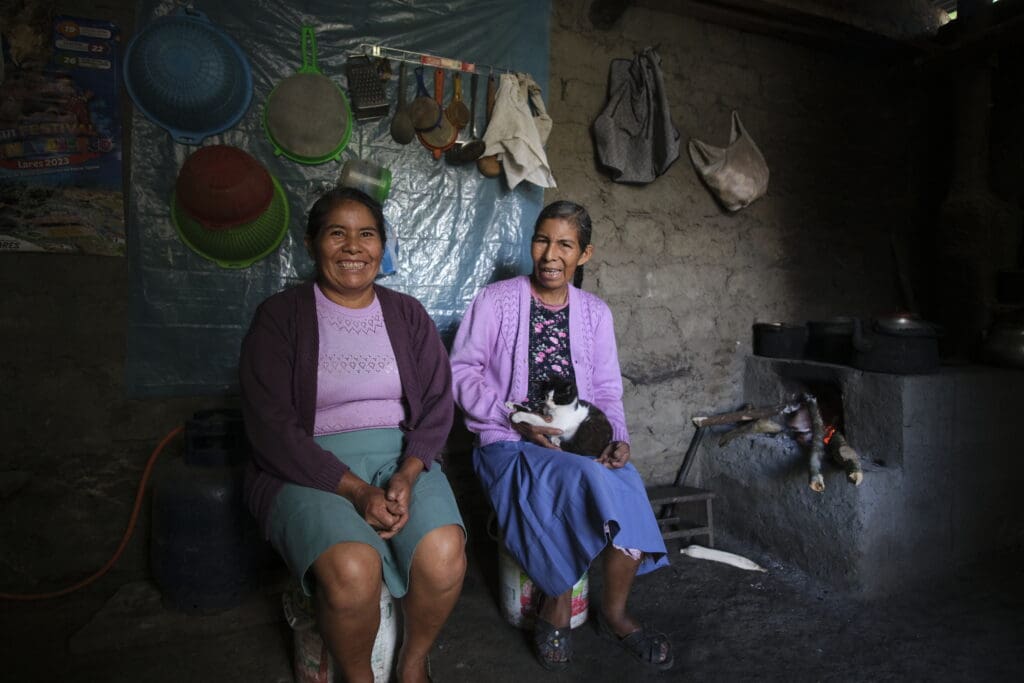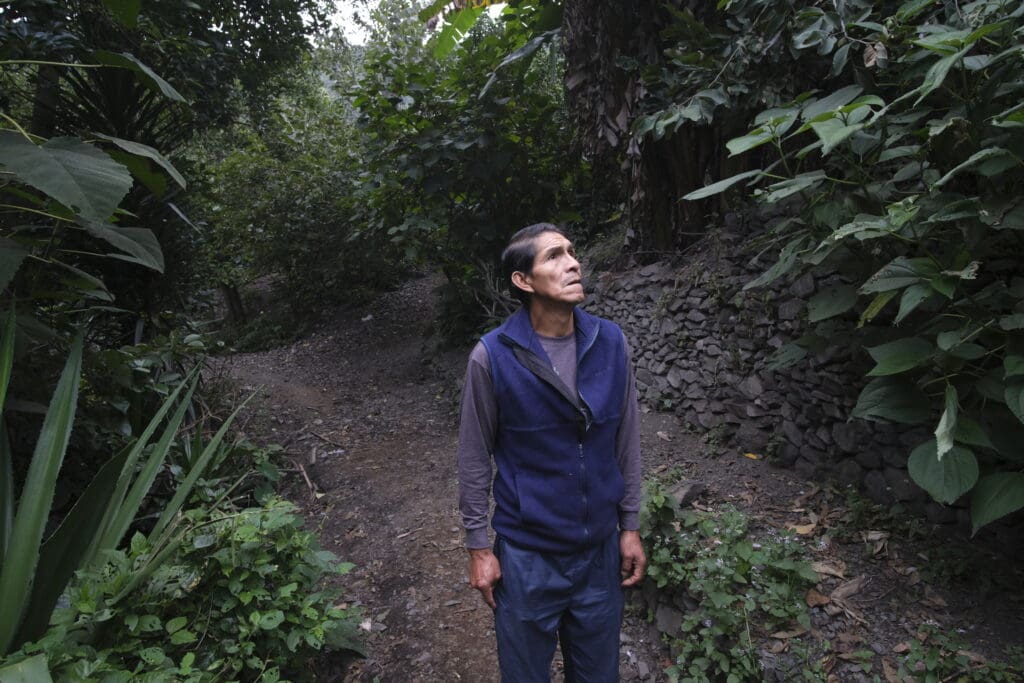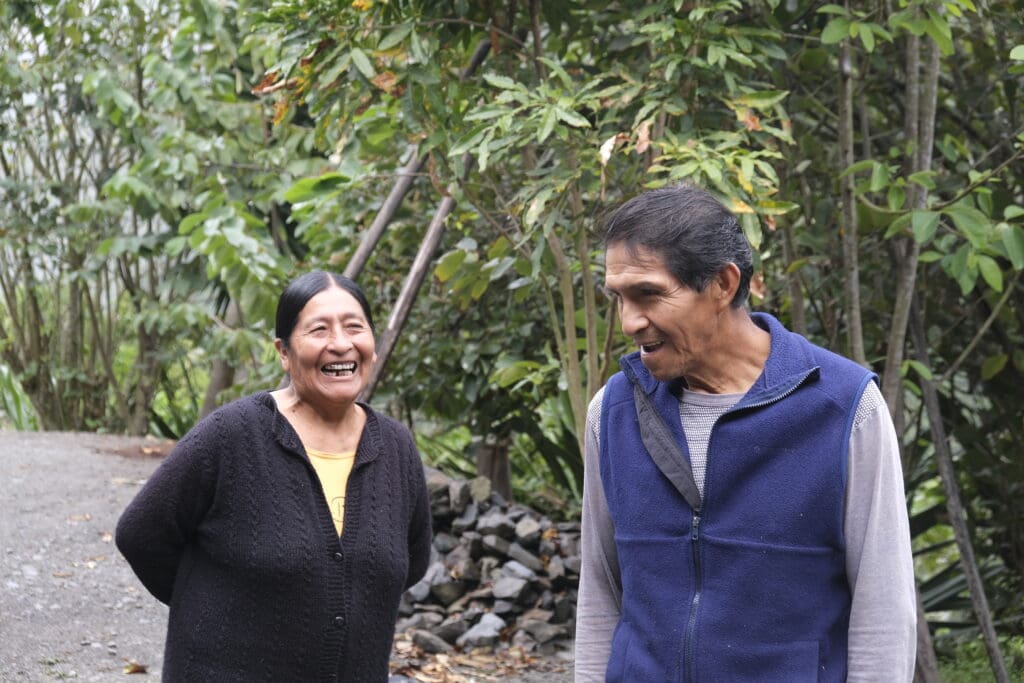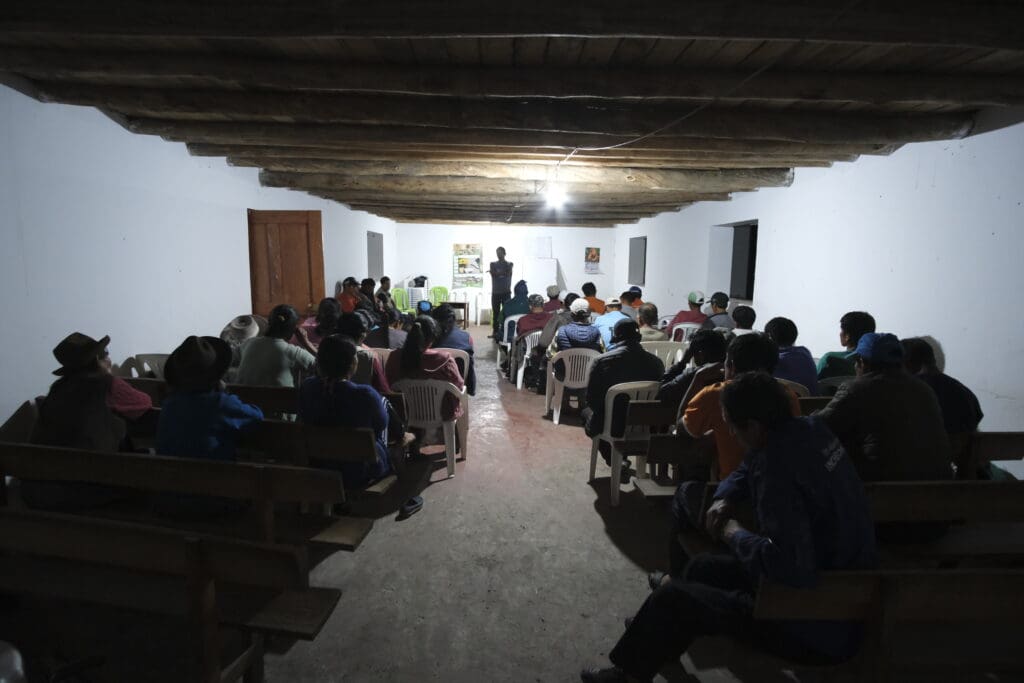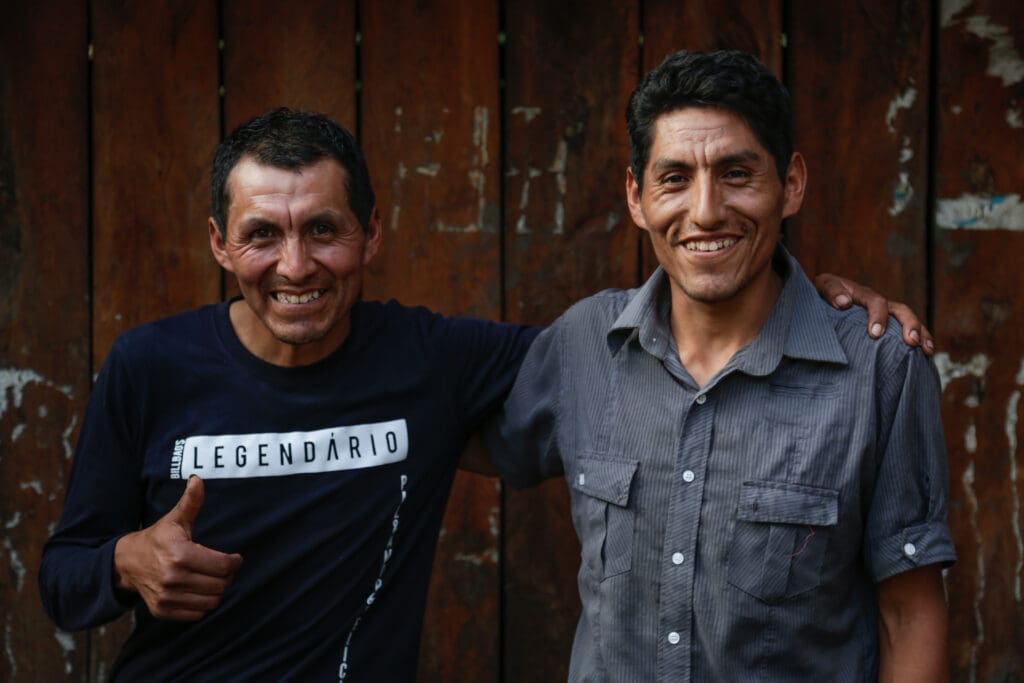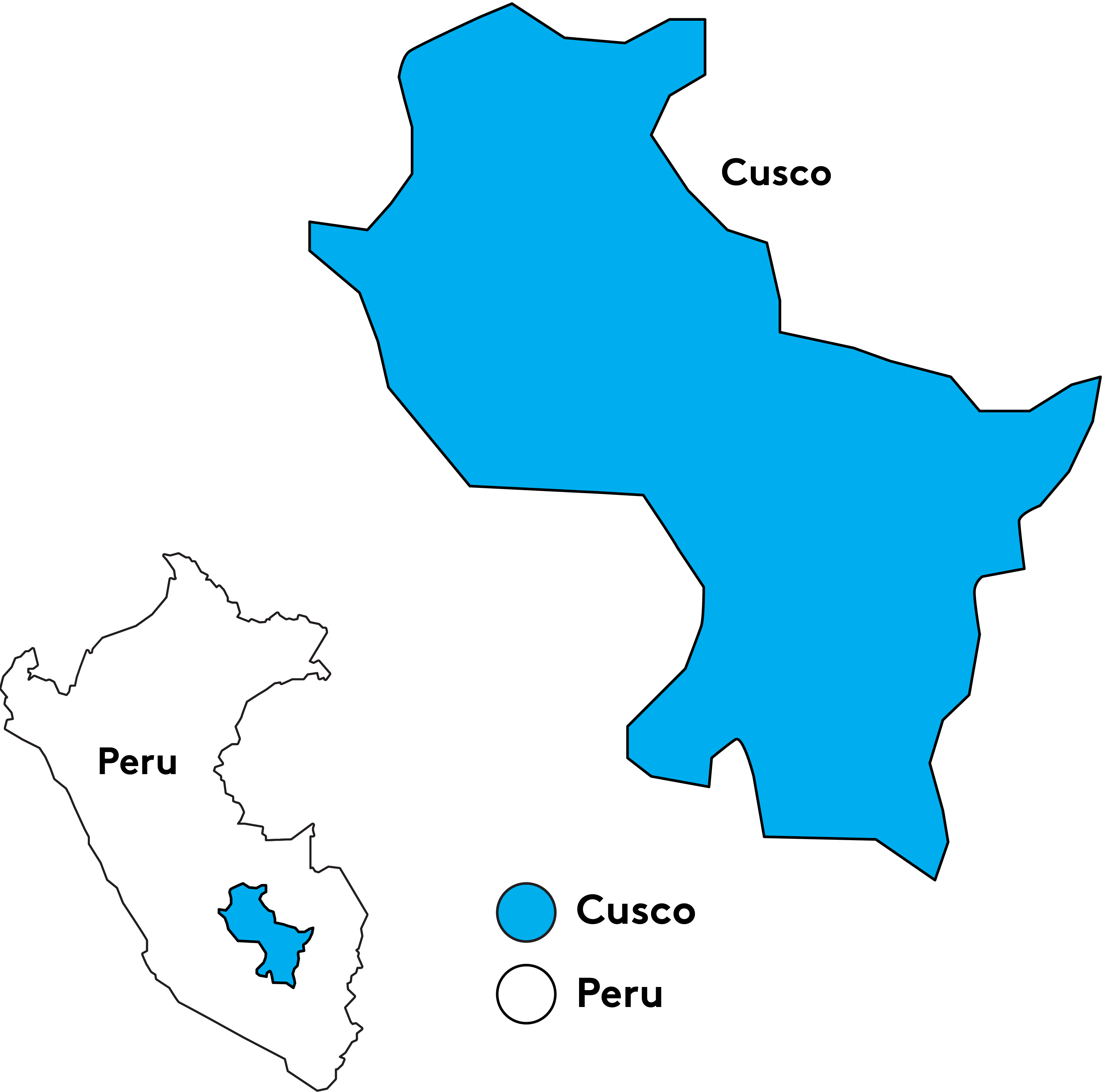Mendosayoc is home to 32 families cultivating coffee on farms that span 52.7 hectares, all within the stunning Manu Biosphere Reserve. These farms are part of a collective effort by small-scale producers, each managing less than 5 hectares. While coffee farming has a legacy of over 50 years in this region, the Mendosayoc cooperative officially began operations in 2021 and was formally constituted in April 2022. Since then, farmers have seen a remarkable 10% annual growth in production and an 11% increase in income compared to baseline levels.
Community and Location The community of Mendosayoc is in the Tropical Andes of Peru, precisely where the Andes converge with the Amazon. This area—a major biodiversity hotspot—is renowned for its ecological richness, with coffee serving as a sustainable land-use crop. The farms in this region integrate coffee cultivation into agroforestry systems, ensuring a harmonious relationship between agricultural productivity and environmental conservation.
The coffee from Mendosayoc undergoes a meticulous washed process. Coffee cherries are carefully fermented aerobically for 48 to 72 hours in ceramic pits to develop their unique flavor profile. After fermentation, the cherries are depulped and then dried on shaded raised beds for 10 to 20 days, allowing for controlled and consistent drying conditions that enhance quality. No additives are used during fermentation, ensuring the coffee’s natural characteristics shine through.
Sustainability and Development The cooperative has made significant strides toward sustainability with support from the Andean Alliance for Sustainable Development. This partnership has introduced new agroforestry techniques demonstrated on model farms, which focus on biodiversity conservation, efficient water usage, and increasing organic production. Additionally, traceability systems have been established, allowing consumers to connect every cup of coffee to its farm of origin.
Cultural and Environmental Significance Mendosayoc’s coffee reflects the biocultural heritage of its indigenous Quechua farmers. These producers uphold an ancient agricultural lineage while adopting modern sustainable practices. The region’s varied altitudinal zones and its location within the Manu Biosphere Reserve make it an unparalleled environment for coffee cultivation. Here, the biodiversity of the forest meets the legacy of human ingenuity, creating a product that embodies both nature and tradition.
Infrastructure and Reinvestment All profits from the coffee sales are reinvested directly into the cooperative. This ensures farmers receive fair compensation while continuously enhancing their farming techniques. The cooperative also prioritizes empowering women through workshops and initiatives that recognize their vital contributions to coffee production.
Key Highlights
- Region: Mendosayoc, Manu Biosphere Reserve, Tropical Andes of Peru
- Sustainability: Agroforestry systems, biodiversity conservation, and organic production techniques
- Empowerment: Focus on women’s roles and community development
Mendosayoc coffee is a testament to the power of sustainable agriculture and community resilience. Each cup carries the stories of the Quechua farmers and the vibrant landscape they nurture. It’s a journey that begins in the Tropical Andes and ends with a meaningful connection between producer and consumer.
Coffee is produced in the community of Mendosayoc, located in the province of Calca, within the Cusco region of Peru. Nestled in the Tropical Andes, this area is not only one of the world’s most biodiverse ecosystems but also a critical zone for coffee production. The unique climate, with its high altitudes, ample rainfall, and cool temperatures, creates ideal conditions for cultivating specialty coffee.
Historically, this region has been a major coffee producer in southern Peru, but its remote location and lack of road infrastructure have posed significant challenges to its development. The soil, a balanced mixture of silt, clay, and sand, further contributes to the distinctive flavor profile of the coffee grown here, reflecting the harmony between the region’s natural assets and traditional farming practices.
Other Resources:
https://aasd.maps.arcgis.com/apps/dashboards/28a5dedccaaf4178867d14c320a2696e
